Just when I was getting settled into a routine of churning out annoyingly detailed charts and starting to believe I could make time for ye olde blog again, I was struck with food poisoning that beat my ass down like Foxy Brown. If I'd gotten it from a restaurant I would very likely name names, but it was from my law firm's cafeteria. Obviously this place is trying to kill me, and in the future I will look over my shoulder for Colonel Mustard with the candlestick before I even sit down at my desk. Thanks to plenty of white toast, chicken broth, and two consecutive prescriptions for Cipro I am not ready to enter into eternal rest just yet.
I've hardly cooked a thing since the end of July but there was focaccia that turned out well and the recipe is below. You can buy decent focaccia, of course, but if you want some with interesting herbs you'll have to make your own. This one had lovage—which looks like celery leaves, and tastes a bit like a cross between tarragon and celery—summer savory, and tarragon, and it was terrific.
The recipe below is adapted from one in Jerry Traunfeld's The Herbfarm Cookbook, one of my all-time favorite cookbooks. Black bean soup with apple, braised monkfish with fennel and lemon thyme, bay laurel roasted chicken, coriander-orange scones, lavender and plum chutney, herbed home-cured salmon, don't these things sound good? They're all in there, along with botanical watercolors, gardening tips, and a guide to using just about every herb from angelica to woodruff. Ok, so maybe those two particular herbs evoke hippies sitting in stinky teepees rubbing their crystals together, but I promise the recipes are appealingly modern, and the ones I've tried so far—a lot—have all been winners. There are also tons of suggestions on ways to vary the recipes, which makes it instructive for any cook looking to make the jump from being dependent on recipes to being confident about improvisation. Traunfeld has a more recent book out (The Herbal Kitchen: Cooking with Fragrance and Flavor) and the only thing stopping me from adding it to my collection is the fact that I am drowning in books. I have books on my desk, books on my dresser, and in my bookcases there are horizontal books on top of the vertical books.
A comment on the recipe below: If you read through it all the way—ha! I have never done such a thing!—you will see that you need to have all your herbs ready to go near the beginning of the process. If you don't make a note of this before you get started and you get to the point where you suddenly need to add half the herbs, and you haven't even washed them yet, I warned you so that's totally not my fault.
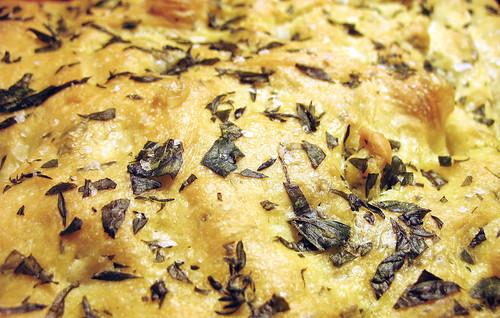

Focaccia with strong herbs, for people with strong personalities
Adapted from the recipe for Herbed Focaccia in Jerry Traunfeld's The Herbfarm Cookbook.
2 cups warm water (105° to 110° F)
1 package active dry yeast (2 1/2 teaspoons)
1/2 cup mixed fresh lovage, summer savory and tarragon
1 1/2 teaspoons fine sea salt
4 1/2 cups unbleached bread flour, plus additional flour as needed
3 tablespoons extra-virgin olive oil
flaky sea salt or kosher salt for sprinkling on top of the bread
Pour the water into a large mixing bowl and sprinkle the yeast over it. Let it sit for 5 to 10 minutes, until the yeast is dissolved and blooming on the surface. Add half of the herbs to the yeast mixture; put the remaining herbs in a small container or tightly-covered bowl and refrigerate until needed. Stir the salt and the flour into the yeast mixture to form a soft dough. Knead the dough on a lightly floured surface for 8 to 10 minutes. It should be shiny and soft, but with some elasticity; if it is very sticky, sprinkle a little additional flour on it (just a tablespoon or two) and keep kneading. Put the dough in a large bowl—yes, it can be the same one you mixed it in, if you wipe it clean first—and tightly cover the top with plastic wrap, then a dish towel. Let it rise at room temperature until it's doubled in size, 1 1/2 to 2 hours.
After the dough has doubled in size, it's time to prepare it for the second rise: take the dough ball out of the bowl, set it down on a sheet of lightly oiled wax or parchment paper, stir together the olive oil and the remaining herbs in your large bowl, and plop the dough back in the bowl. Don't bother turning it around and around to coat it with the olive oil and herbs because when you are ready to bake, you'll invert the dough ball and they'll be on top, looking pretty. Simply cover the bowl as you did earlier and let the dough rise until it doubles again, about 40 minutes.
Preheat the oven to 400° F. Turn the dough out onto a sturdy quarter-sheet or half-sheet pan so that the herbs are on the the top and gently stretch it out until you have an oval or a rectangle about 12 inches long and 10 inches across. (I used a quarter-sheet pan and stretched it as far as I could in all directions; the bread ended up being thicker than I would have liked but it tasted fine). Let the dough rise again for 10 to 15 minutes, sprinkle it with flaky or coarse salt to taste, and bake it for approximately 25 minutes, or until it is golden brown. It will smell terrific, but let it cool for at least 10 minutes before you slice it or tear it apart.





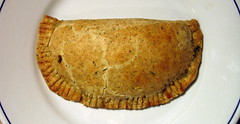


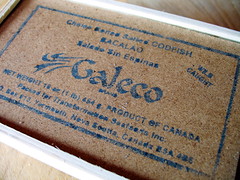

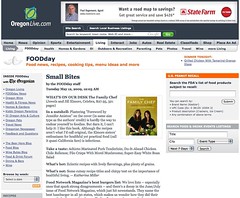



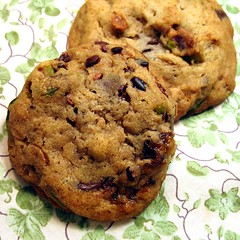

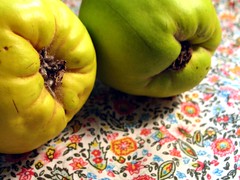
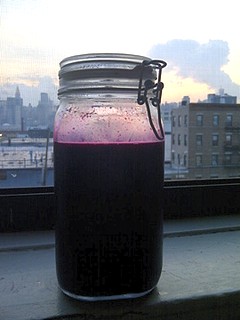
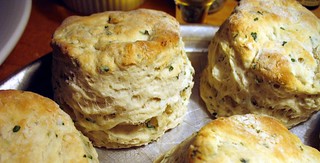




Who doesn't like herbs? And tarragon? Terribly underused buy anise-y wonderful! Thanks for the inspiration.
ReplyDeleteA little late in responding, but I thought I would add that I think this is a very interesting Focaccia because it has no salt on the outside, which
ReplyDeletemost commercial focaccie have in excess, and no olive oil inside the bread,
just on the top, which I find refreshing. I have made it only with the original herbs of 2 Tbs coarsely chopped rosemary, 2 Tbs coarsely
chopped sage leaves; 1 tsp each of coarsely chopped summer savory, thyme and
oregano, and all freshly harvested from my herb beds. Coarse chopping of the herbs should be honored as finely chopped herbs in these amounts would probably be excessive. This is a lovely Focaccia and at least with the original mix of herbs, has a wonderful harmony to its flavors.
Hello Gestur, I'm so glad you liked it! I am jealous of your herb beds -- I used to grow herbs on my fire escape but the squirrels dug them all up. I do like a little coarse salt on top of the focaccia but not too much.
ReplyDelete